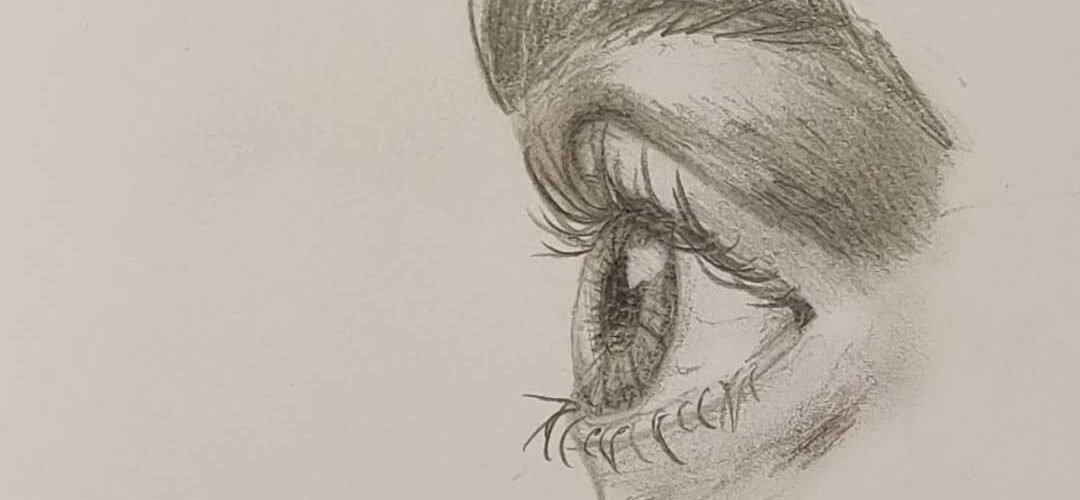The Art of Slow Looking — Seeing with Your Whole Self
- April 15, 2025
- Posted by: Ayesha
- Category: Mindful Art ,

Have you ever truly looked at a leaf? Not just glanced at it, but noticed the intricate veins, the shifting shades of green, the way the light passes through it?
This is the essence of slow looking — a mindful practice of taking time to really see what’s in front of us. In art and in life, slow looking invites us to pause, to be curious, and to discover the hidden beauty that often goes unnoticed.
We often confuse looking with seeing. Looking is passive — a quick scan, a glance, a moment. Seeing is active. It asks us to pay attention. To be present. To engage not just our eyes, but our whole selves.
In the world of mindful and intuitive art, slow looking becomes a doorway to wonder. It encourages:
-
Deeper connection with your subject or surroundings
-
A sense of awe and appreciation
-
Fresh inspiration for your creative practice
-
Insight into your emotions and responses
Why We Struggle: When Memory Replaces Attention
Art can feel hard sometimes — not because we can’t draw or paint, but because we’re trying to create from memory rather than from presence.
We assume we know what a tree looks like, or a hand, or a face. We carry an image in our mind — vague, simplified, often distorted. But when we really stop and look at a tree in front of us, we realize: we’ve never truly seen it. The curves of the branches, the way the light plays on the bark, the asymmetry of the leaves — these details often go unnoticed.
Our expectations, built from fleeting glances and fallible memories, can become barriers to honest observation. They tell us, “You already know what this looks like.” But intuitive and mindful art begins when we release those assumptions and start looking slowly — letting our eyes teach our hands.
When we look with intention:
-
We stop drawing what we think we see and start drawing what is
-
We become more accurate, more expressive, more attuned
-
We free ourselves from the pressure to “get it right” and instead respond to what unfolds
A Practice for Slow Seeing
Try this: choose a simple object — a stone, a flower, a cup of tea. Spend five full minutes just looking. Not sketching yet, just observing.
Notice its shape, texture, colors, patterns, shadows. Notice how the light hits it, how your eyes move over it, what feelings or memories it evokes. Let your eyes explore slowly. Let your breath match the pace of your gaze.
Then, if it feels right, create something inspired by what you saw. It might be a drawing, a collage, a poem, or even just a page of colors and marks.
Slow looking is a quiet rebellion against rush and routine. It deepens your connection to the world and to yourself. And with time, it reshapes the way you create — from a place of curiosity, presence, and truth.
So next time you sit down to make art, give yourself the gift of time. Look slowly. See deeply. Let your art grow from what you truly see, not what you assume.
Ready to Try It for Yourself?
Download our free Slow Looking Practice & Reflection Worksheet and give yourself permission to pause, observe, and connect.
Whether you’re drawing, painting, writing, or just noticing — this simple practice can transform how you see the world and your art.
✨ Download the Worksheet
✨ Download the Kids’ Version
Take five quiet minutes. Look slowly. Create with your whole self.
We’d love to hear what you discover — feel free to share your experience in the comments or tag us @intuartive.

